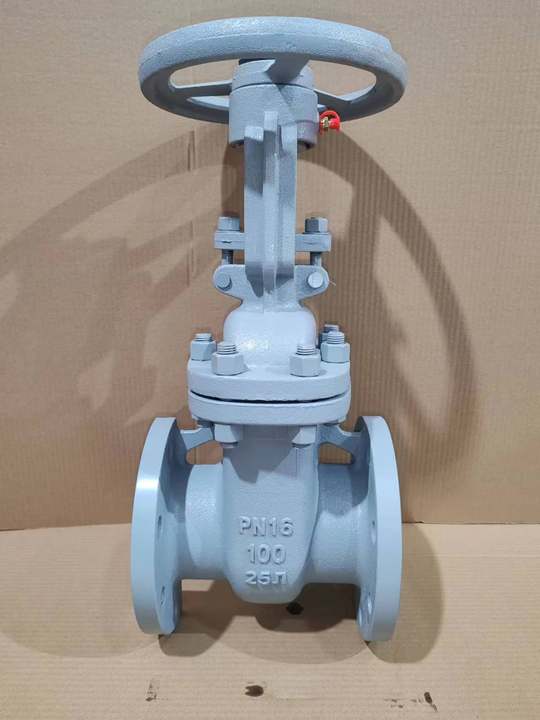oil ball valve
Understanding the Oil Ball Valve Functions and Applications
The oil ball valve is a crucial component widely used in various industrial applications, particularly in the oil and gas sector. This valve type is designed to manage the flow of fluids in a pipeline, offering a reliable solution for controlling the distribution and passage of oil and other liquids. Understanding the fundamental aspects of oil ball valves, including their construction, operation, advantages, and applications, can provide valuable insights for engineers, technicians, and industry professionals.
At its core, the ball valve operates using a spherical disc, known as the ball, which has a hole through the center. The valve's design allows the ball to rotate within a housing, enabling or obstructing the flow of oil when turned to different angles. When the hole in the ball aligns with the flow direction, the valve is open, allowing oil to pass through. Conversely, when the ball is rotated 90 degrees, the hole is perpendicular to the flow path, effectively closing the valve. This simple yet effective mechanism allows for quick and reliable operation.
One of the primary advantages of oil ball valves is their ability to provide a tight seal when closed. This characteristic is essential in preventing leaks, which can lead to environmental hazards and financial losses. Moreover, the ball valve's straightforward design contributes to its durability and longevity. Made from robust materials such as stainless steel or carbon steel, these valves can withstand high pressure and temperatures commonly encountered in oil extraction and transportation processes.
oil ball valve

Another significant benefit of using oil ball valves is their ease of operation
. The quarter-turn design allows for quick opening and closing, making them highly efficient in situations that require rapid flow adjustments. This quick-response feature is especially advantageous in emergency situations, where rapid shut-off is necessary to prevent hazardous spills or accidents. Additionally, the low-friction ball mechanism minimizes wear and tear, decreasing maintenance costs over time.In terms of applications, oil ball valves are versatile components used in various facets of the oil industry. They are commonly found in drilling rigs, offshore platforms, and refining facilities. They play a vital role in controlling the flow of crude oil from extraction points to processing plants and storage facilities. Beyond the oil sector, these valves are also utilized in chemical processing, water treatment, and even food and beverage industries, where fluid control is paramount.
Furthermore, technological advancements continue to enhance the design and functionality of oil ball valves. Innovations such as automated ball valves equipped with actuators have emerged, offering remote control capabilities for improved operational efficiency. This is particularly useful in large-scale installations where accessing valves manually can be challenging.
In conclusion, the oil ball valve stands out as an essential component in the management and transportation of liquids across various industries. Its reliable performance, durability, and ease of operation make it a preferred choice for professionals in the oil and gas sector. As industries continue to evolve and seek innovative solutions for fluid control, the oil ball valve is likely to remain a critical element of infrastructure, ensuring safe and efficient operations in the years to come.
-
The Key to Fluid Control: Exploring the Advantages of Ball Valves in Industrial SystemsNewsJul.09,2025
-
The Versatile World of 1, 2, and 3 Piece Ball ValvesNewsJul.09,2025
-
Stainless Steel Ball Valves: The Ideal Choice for Efficient Flow ControlNewsJul.09,2025
-
Optimizing Fluid Control with Ball Float ValvesNewsJul.09,2025
-
Manual Gate Valves: Essential for Control and EfficiencyNewsJul.09,2025
-
Everything You Need to Know About Butterfly ValvesNewsJul.09,2025
-
The Versatility of Wafer Type Butterfly ValvesNewsJul.08,2025




